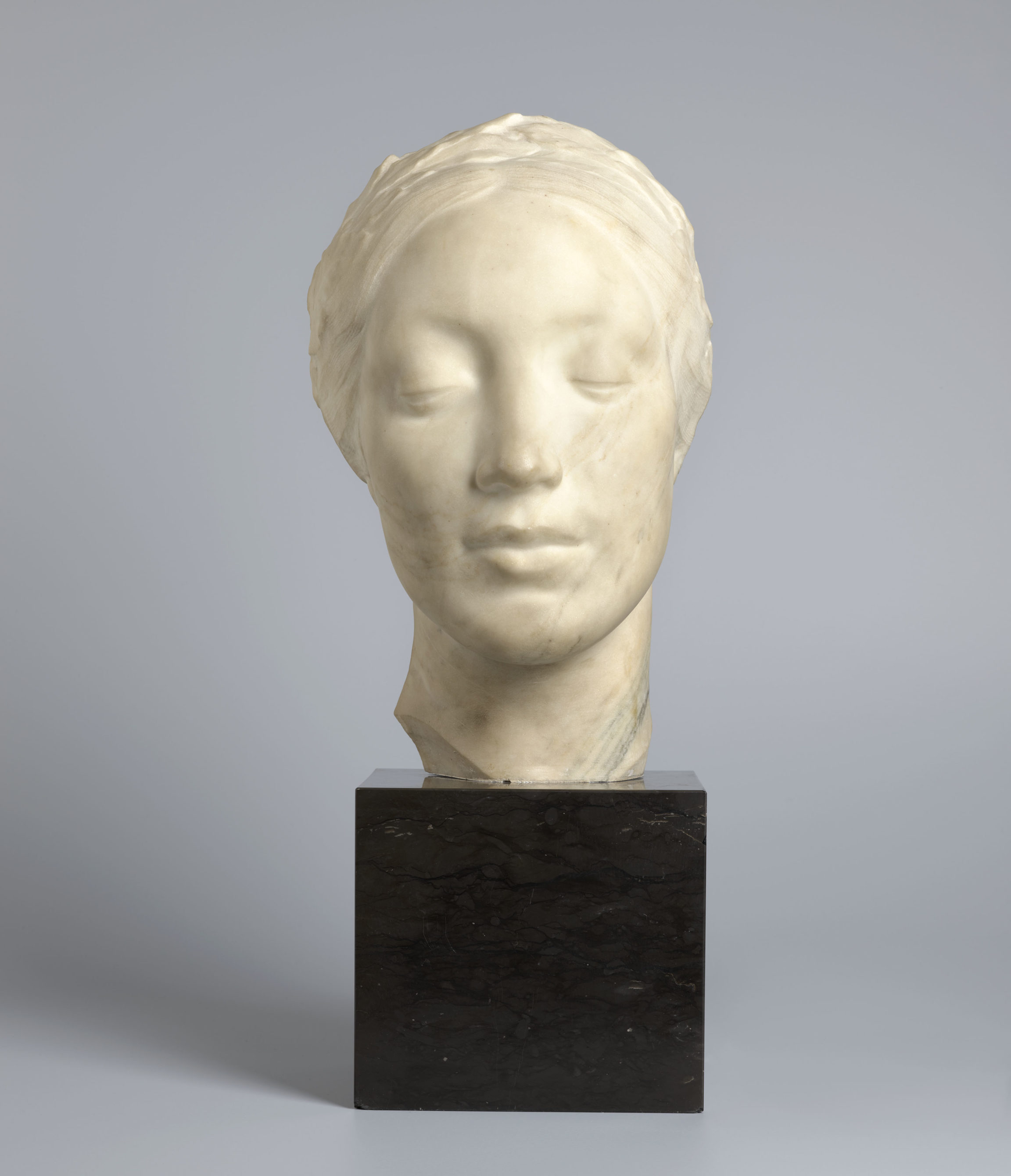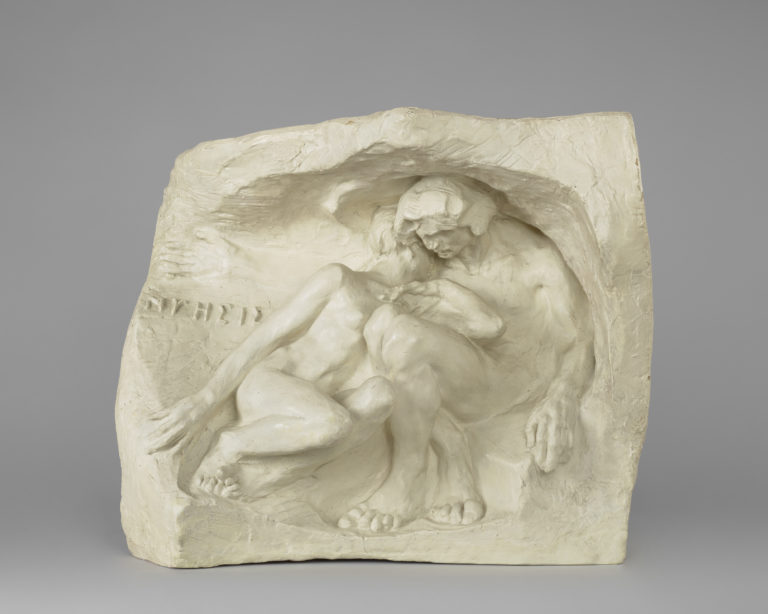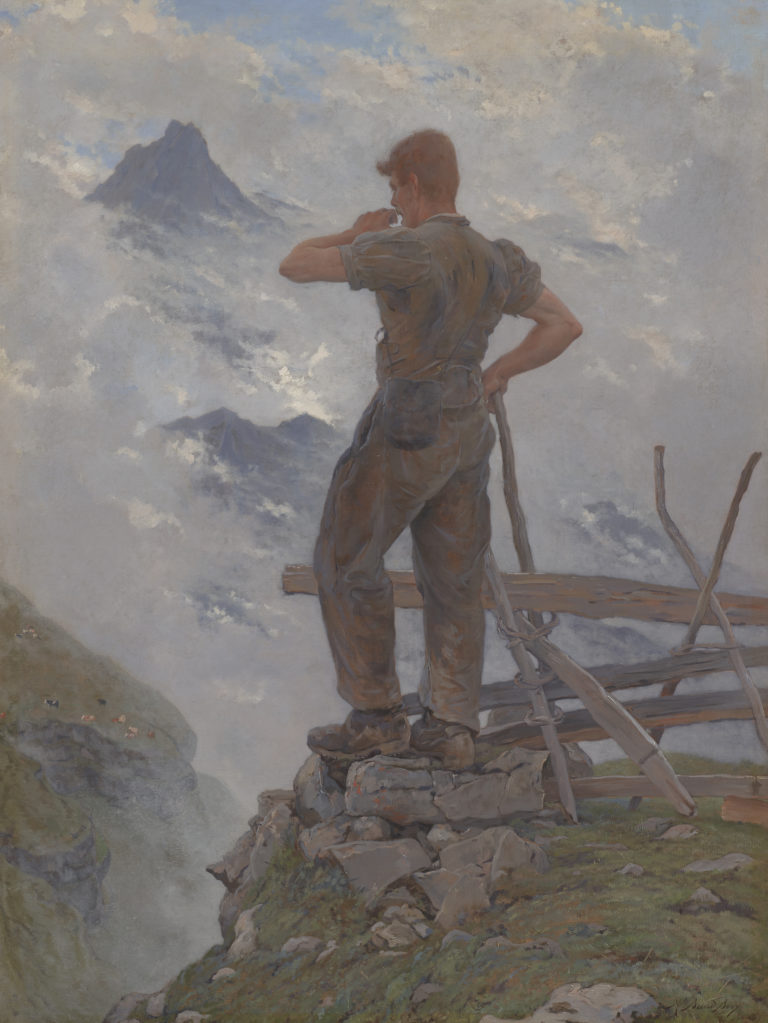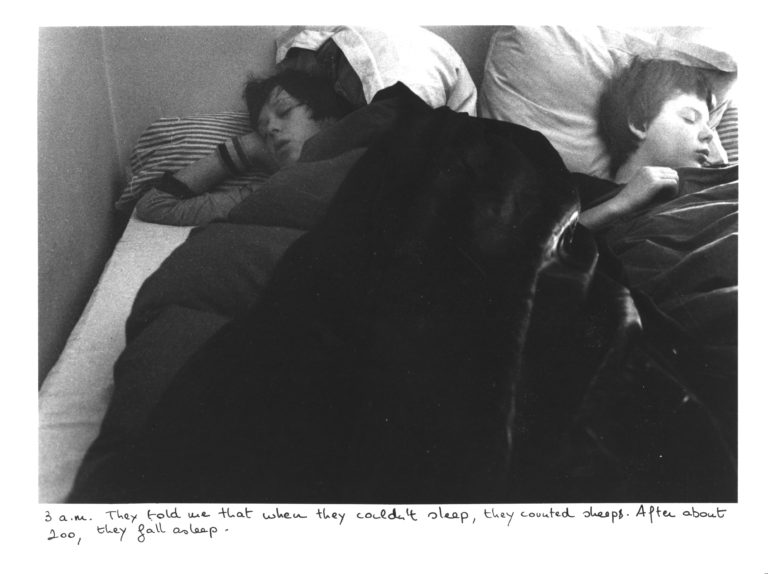Bibliography
Thérèse Burollet, Bartholomé. La redécouverte d’un grand sculpteur, Paris, Arthena, 2017: n. S. 69/C.
Paul-Louis Rinuy, ʽLa collection de sculptures modernes du docteur Henri-Auguste Widmer,’ in Catherine Lepdor and Jörg Zutter (eds.), La collection du Dr Henri-Auguste Widmer au Musée cantonal des Beaux-Arts de Lausanne, exh. cat. Lausanne, Musée cantonal des Beaux-Arts, Milan, Skira, 1998: 67-79, n. 126.




Albert Bartholomé’s second wife, née Florence Letessier, proved a fresh source of artistic inspiration, sparking a new vision of womanhood that married the expression of calm, luminous beauty with a realistic depiction of womanly features. He drew on her face to detail the features of the woman stepping through the central gate in his 1899 Monument to the dead for the Père Lachaise cemetery in Paris (though the figure’s face was hidden in the final version) and for the central figure in the Monument to Jean-Jacques Rousseau (1910), whose eyes were closed. Florence joined him in his studio as the model for his bathing women and inspired him to return to portraiture.
This white marble head with fine grey veins is one of a series of idealised heads sculpted between 1917 and 1919. The face with half-closed eyes and a mysterious expression is in the symbolist tradition, evoking the silent faces of women in paintings by Ferdinand Khnopff and the serenity of Hindu and Japanese bodhisattvas, much admired by Bartholomé.
These rather enigmatic works sought to express pure lines and inner thought. In his own way, Bartholomé was expressing his sympathy for his wife, whose younger brother, a sub-lieutenant, was killed in combat on June 19, 1915.